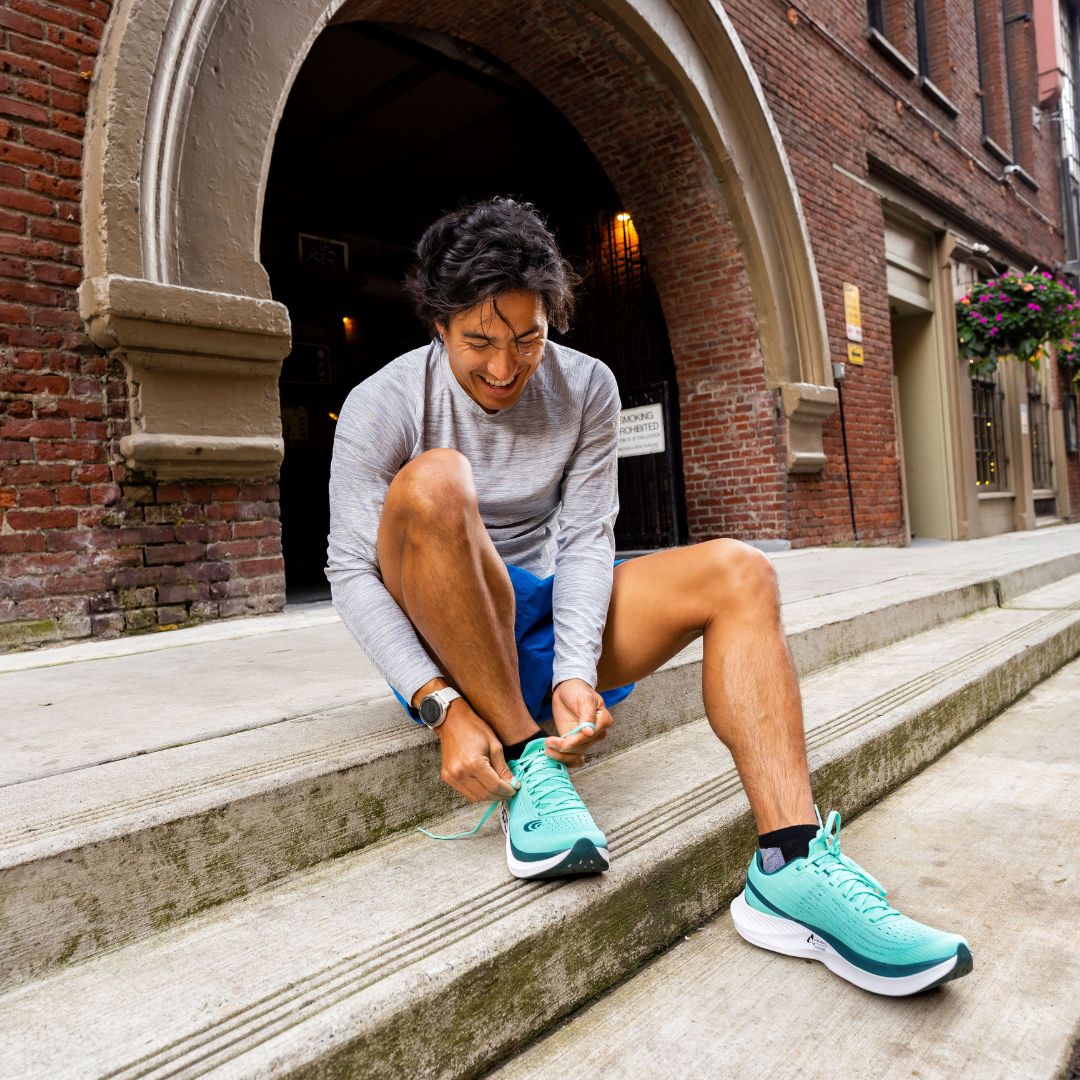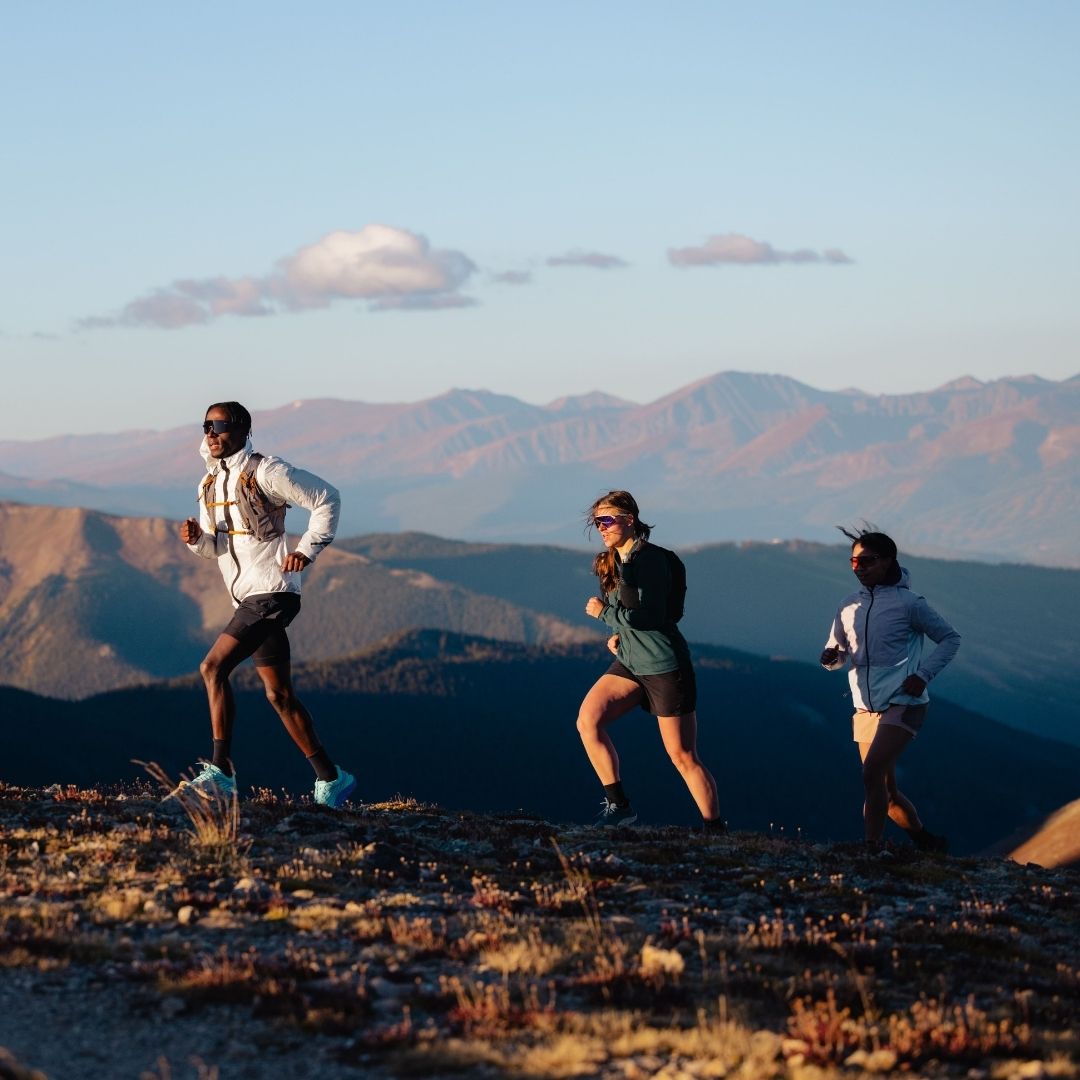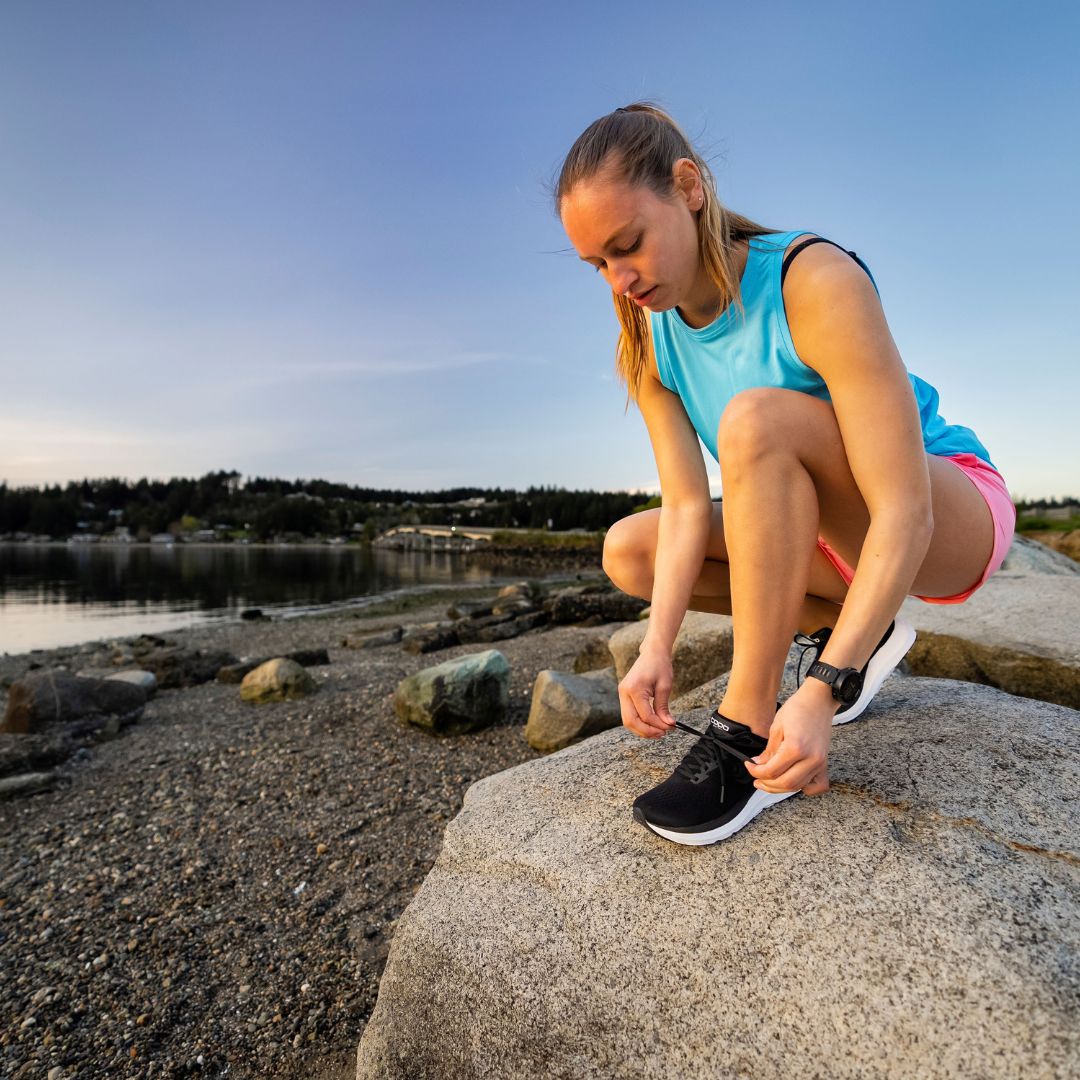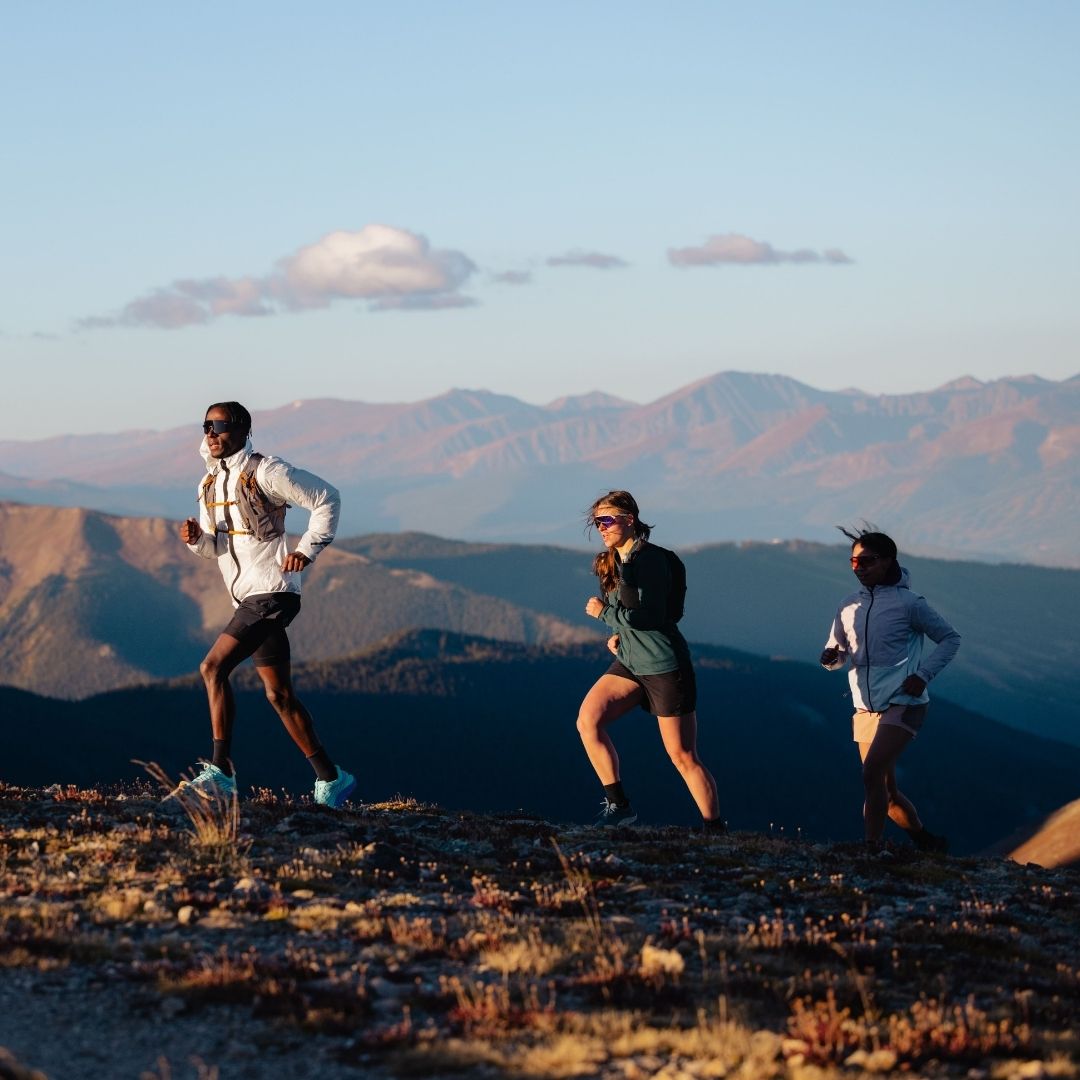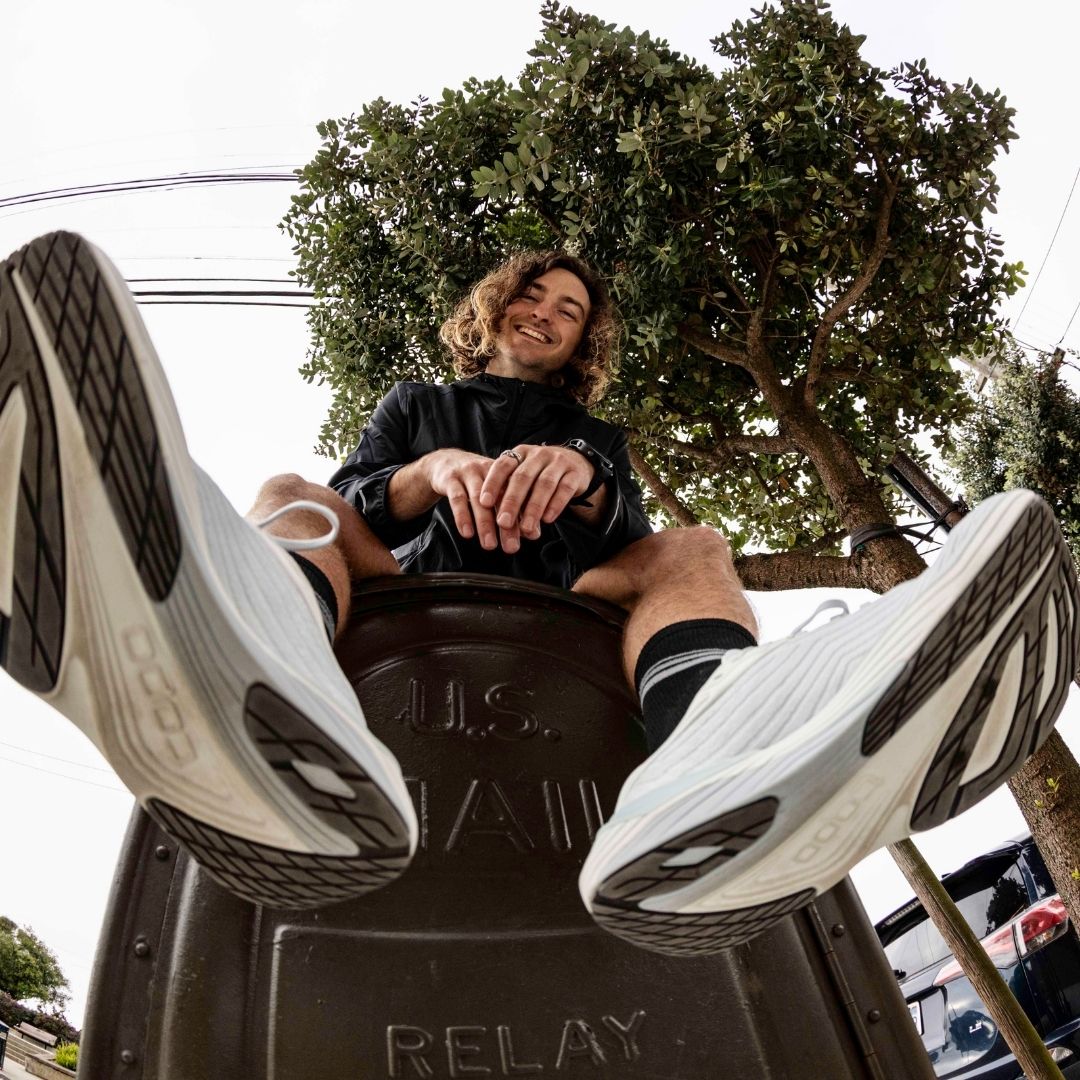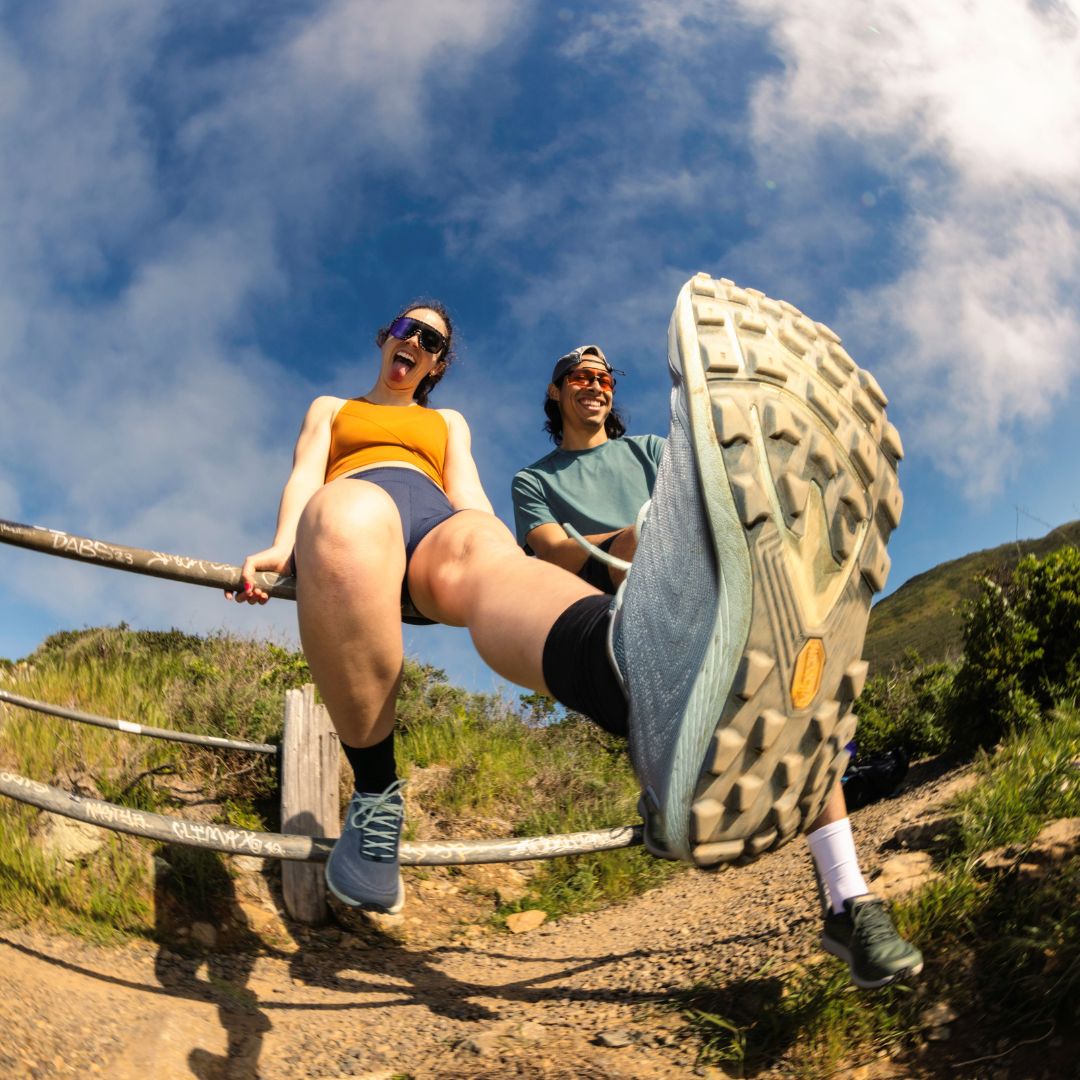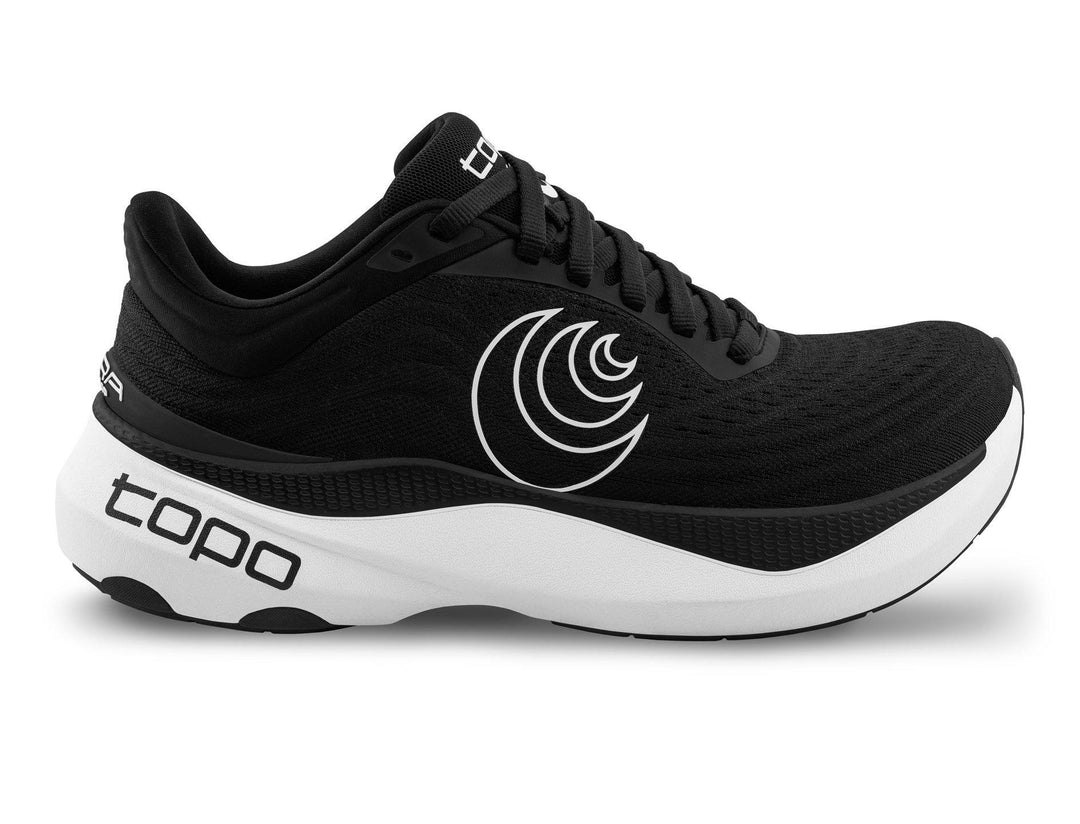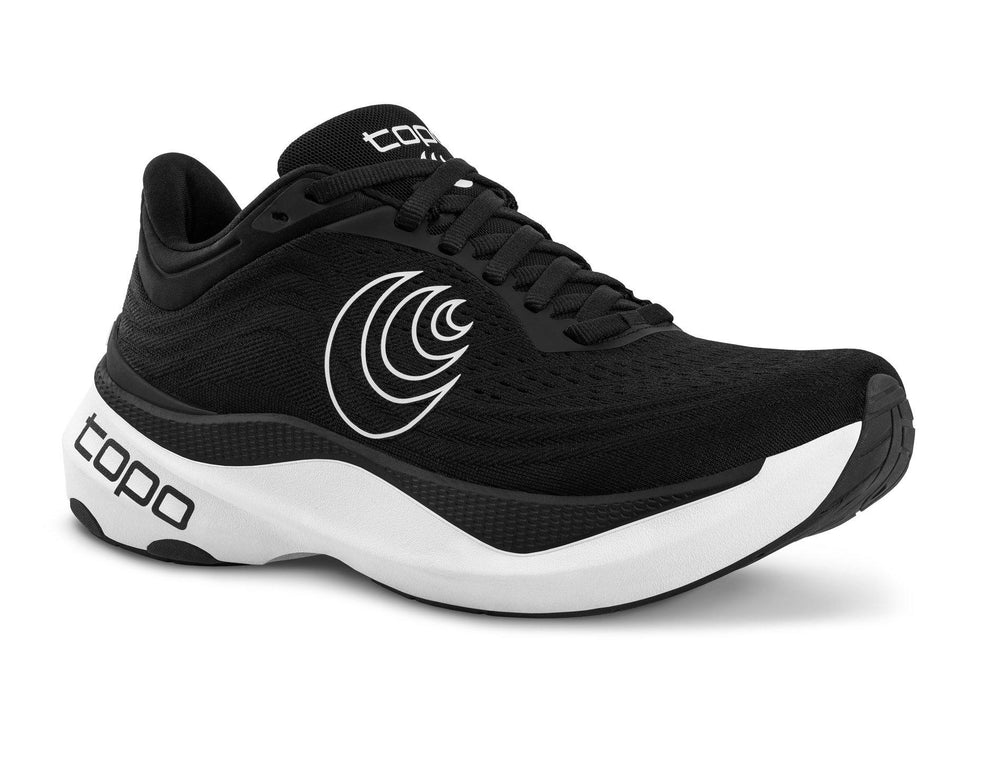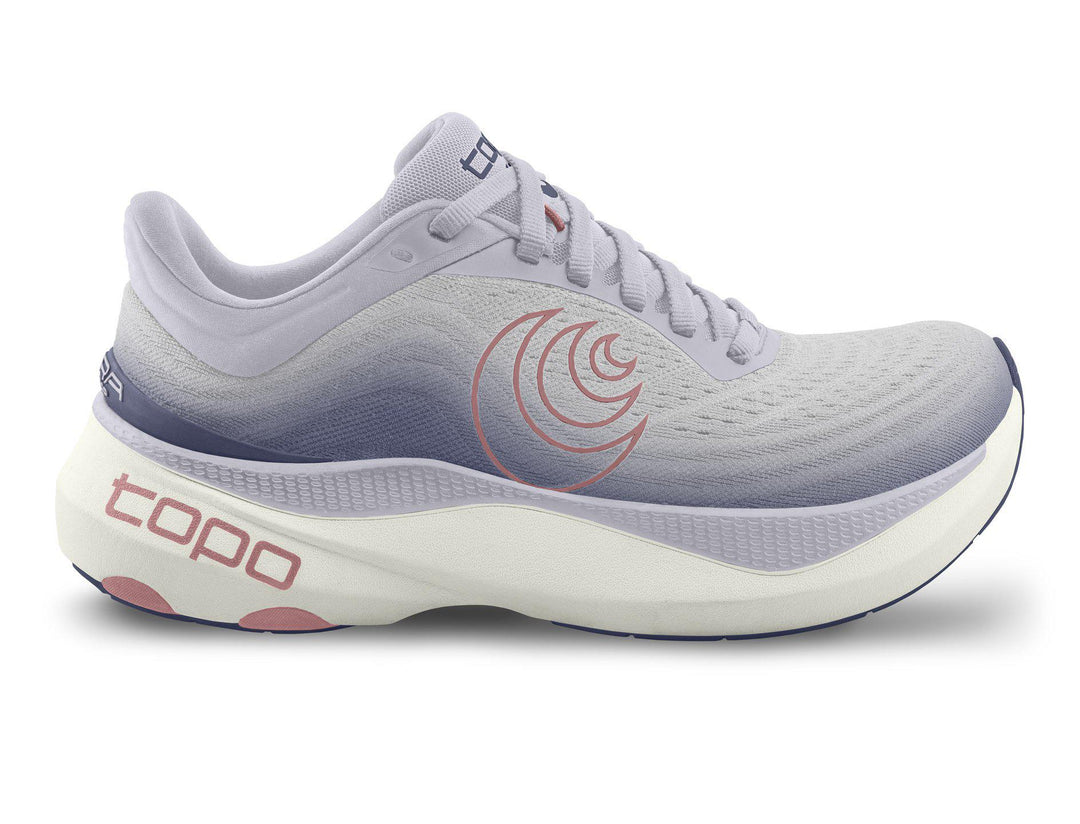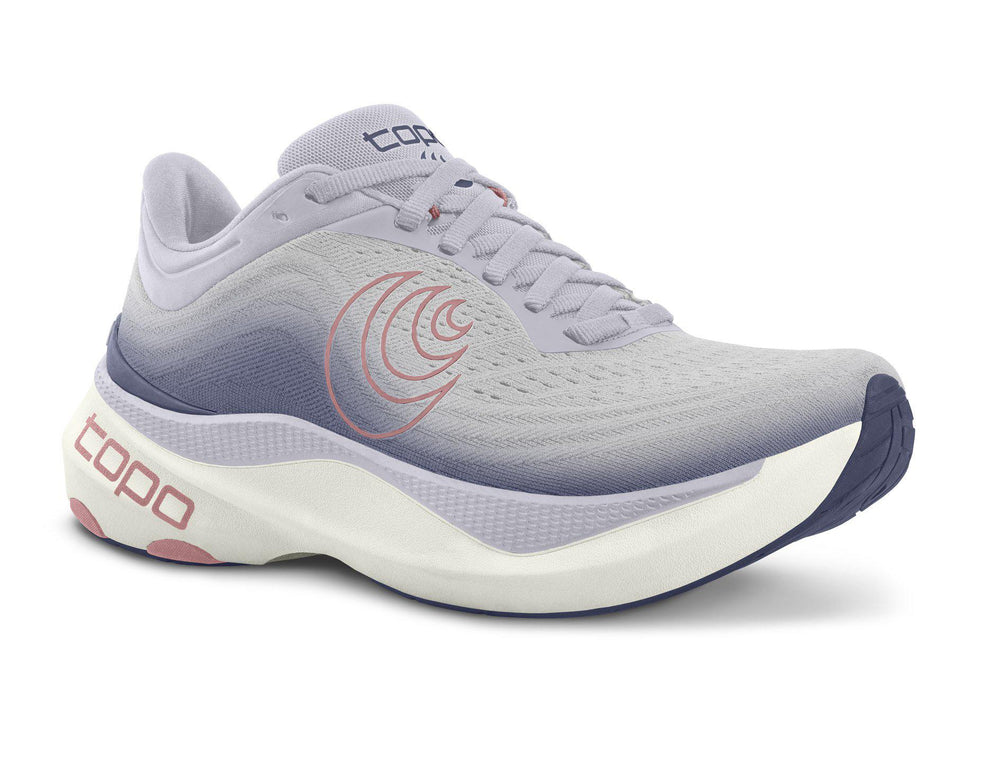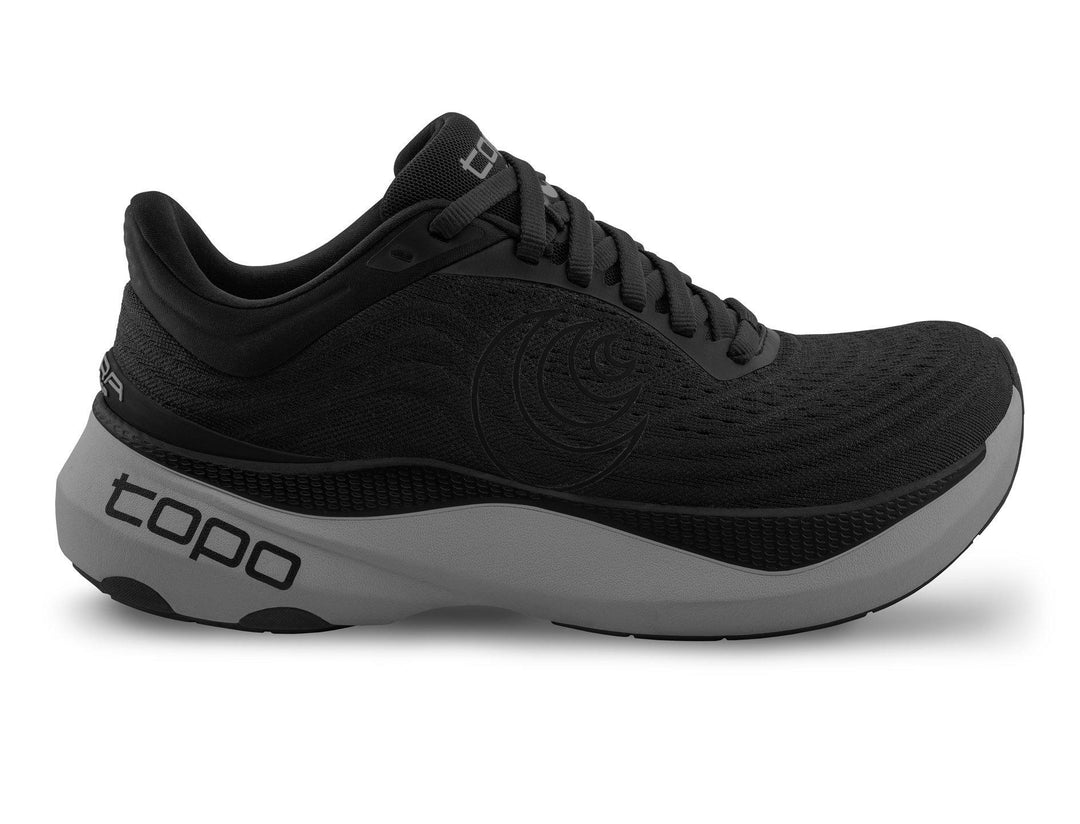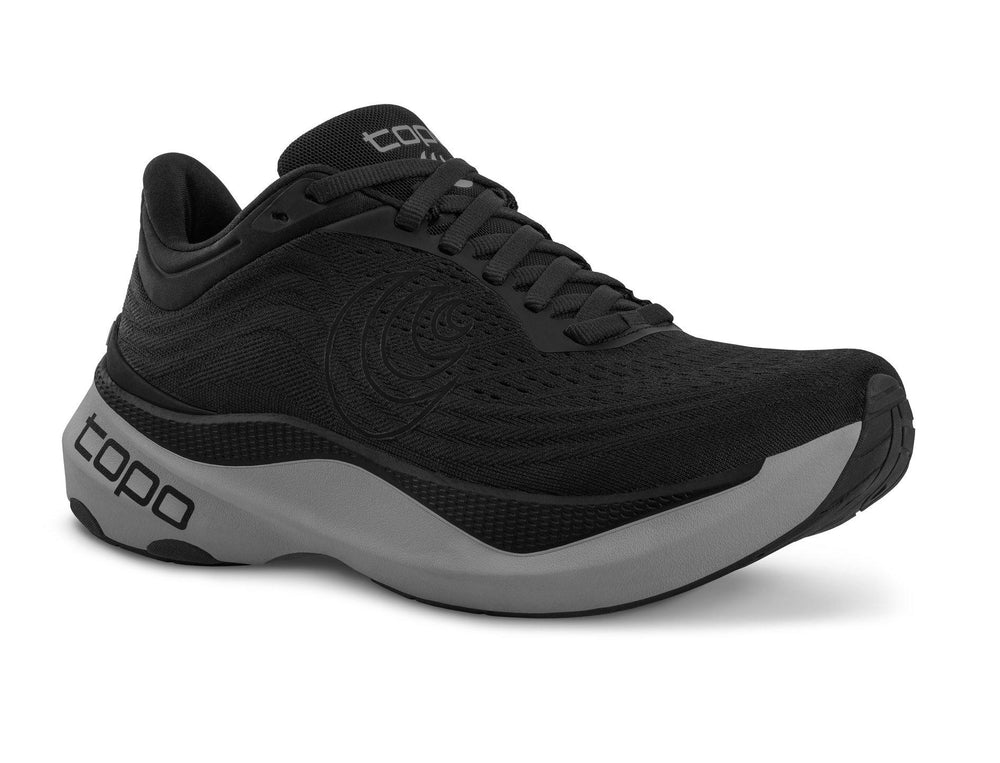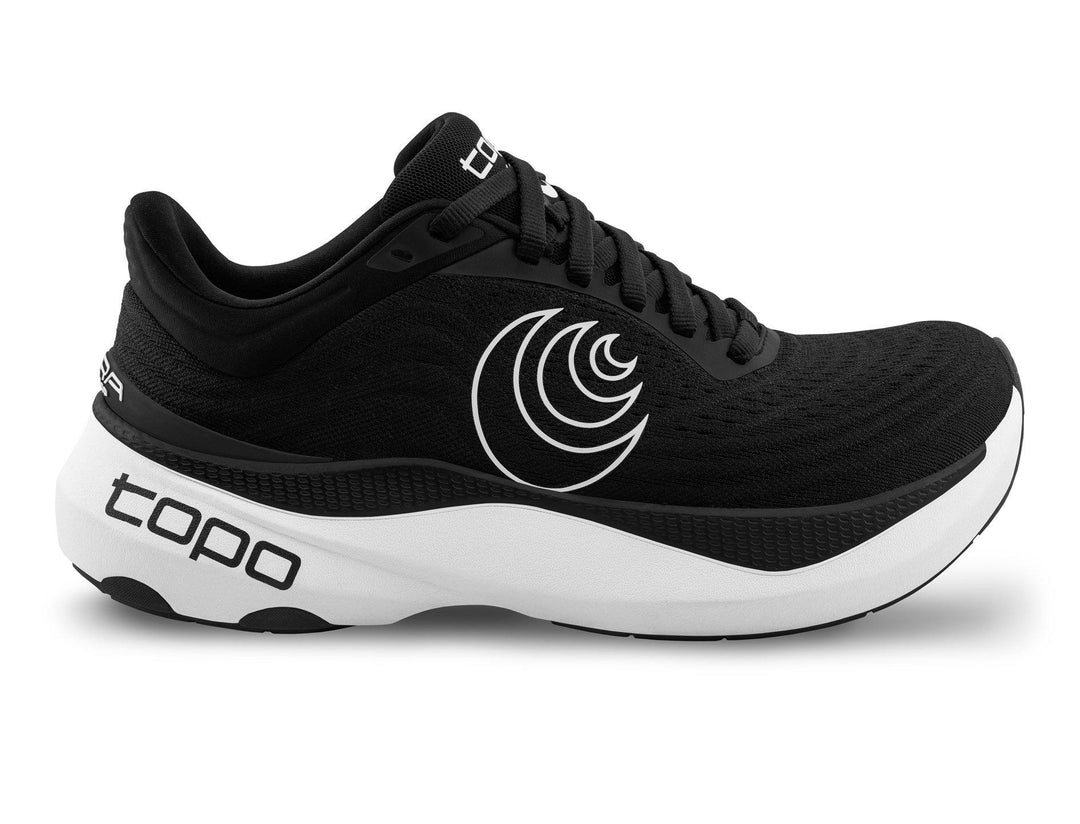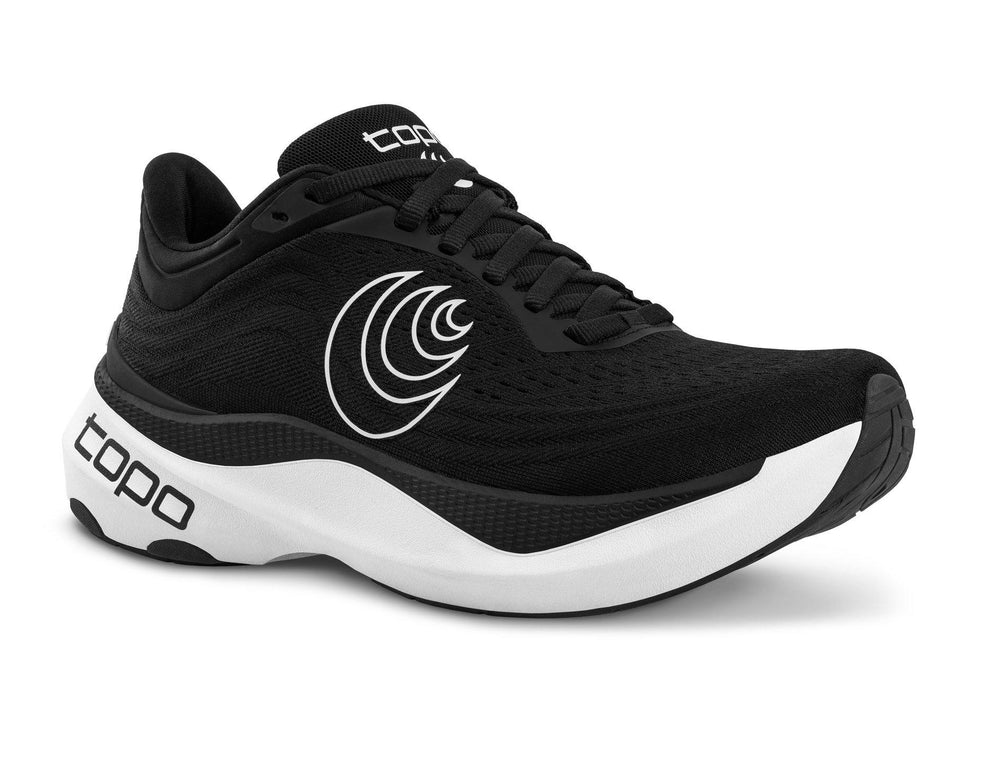The Five Most Common Running Injuries and How to Manage Them
Running is a fantastic form of exercise that improves both physical and mental health. However, it is not uncommon for runners to suffer injuries that can disrupt their training routines. Here's an overview of the five most common running injuries: plantar fasciitis (heel spur), forefoot insufficiency (lowered front arch), hamstring problems (Achilles tendinosis), periosteal inflammation and runner's knee. We go through what each injury is, its symptoms, causes and how you can treat and prevent them.
1. Plantar Fasciitis (Heel spur)
What is it? Plantar fasciitis, often called heel spur, is an inflammation of the plantar fascia connective tissue that extends from the heel to the toes. This condition causes pain in the heel, especially when taking the first steps in the morning or after sitting for a long time.
Symptoms:
- Sharp pain in the heel on the first steps in the morning
- Pain that decreases after a while but may return after prolonged standing or activity
Reasons:
- Plantar fascia overload due to running, especially on hard surfaces
- Poor shoes with insufficient cushioning and support
- Improper running technique or sudden increase in training intensity
Solution:
- Rest and reduce running until the pain subsides
- Stretch the plantar fascia and calf muscles
- Use shoe inserts or orthopedic soles for better support
- Apply ice to the painful area to reduce inflammation
2. Forefoot insufficiency (Dropped front arch)
What is it? Forefoot insufficiency means that the front arch of the foot has dropped, which leads to increased stress on the metatarsal bones and can cause pain and discomfort in the front of the foot.
Symptoms:
- Pain and tenderness in the front part of the foot
- Feeling of walking on pebbles
- Numbness or tingling in the toes
Reasons:
- Congestion due to running or standing for long periods
- Improper foot position or use of unsuitable shoes
- Anatomical factors such as flat feet or high arches
Solution:
- Use shoes with good arch support
- Insert metatarsal pads or shoe inserts to relieve pressure
- Perform foot exercises and stretching exercises to strengthen the foot muscles
- Rest and avoid activities that worsen the pain
3. Hamstring problems (Achilles tendonitis)
What is it? Achilles tendonitis is a degenerative change in the Achilles tendon, the large tendon that connects the calf muscles to the heel bone. This condition causes pain and stiffness in the Achilles tendon, especially in the morning or after activity.
Symptoms:
- Pain and stiffness in the Achilles tendon, especially in the morning
- Swelling and tenderness along the heel tendon
- Pain that worsens with running or jumping
Reasons:
- Congestion due to intense or prolonged running
- Lack of warm-up or stretching
- Improper running technique or use of unsuitable shoes
Solution:
- Rest and reduce running until the pain subsides
- Stretch and strengthen the calf muscles
- Use shoes with good cushioning and support
- Apply ice and use anti-inflammatory drugs if necessary
4. Benhinneinflammation (Shin Splints)
What is it? Shin splints is an inflammation of the muscles, tendons and bone tissue around the shin bone. This condition causes pain along the inner edge of the tibia.
Symptoms:
- Pain along the inner edge of the tibia, especially during and after running
- Soreness and swelling in the painful area
- Pain that worsens with exertion and decreases with rest
Reasons:
- Overload due to intense running or sudden increase in exercise intensity
- Running on hard surfaces
- Use of inappropriate shoes with poor cushioning
Solution:
- Rest and reduce running until the pain subsides
- Use shoes with good cushioning and support
- Stretch and strengthen the lower leg muscles
- Apply ice and use anti-inflammatory drugs if necessary
5. Runner's knee (Iliotibial band syndrome)
What is it? Runner's knee, or iliotibial band syndrome (ITBS), is an irritation of the iliotibial band, a thick connective tissue that runs along the outside of the thigh from the hip to the knee. This condition causes pain on the outside of the knee, especially during running.
Symptoms:
- Pain on the outside of the knee, especially when running downhill or during prolonged activity
- Tenderness and swelling on the outside of the knee
- Sensation of the knee locking or giving way
Reasons:
- Congestion due to running, especially downhill
- Improper running technique or running on inclined surfaces
- Weak hip and gluteal muscles
Solution:
- Rest and reduce running until the pain subsides
- Stretch and strengthen the hip and gluteal muscles
- Use a foam roller to massage and stretch the iliotibial band
- Adjust running technique and avoid running on inclined surfaces
Conclusion
Running is a great form of exercise, but it's important to be aware of common injuries and how to prevent and treat them. By listening to your body, using the right equipment and performing regular stretching and strengthening exercises, you can reduce the risk of injury and enjoy running in a safe and sustainable way.




